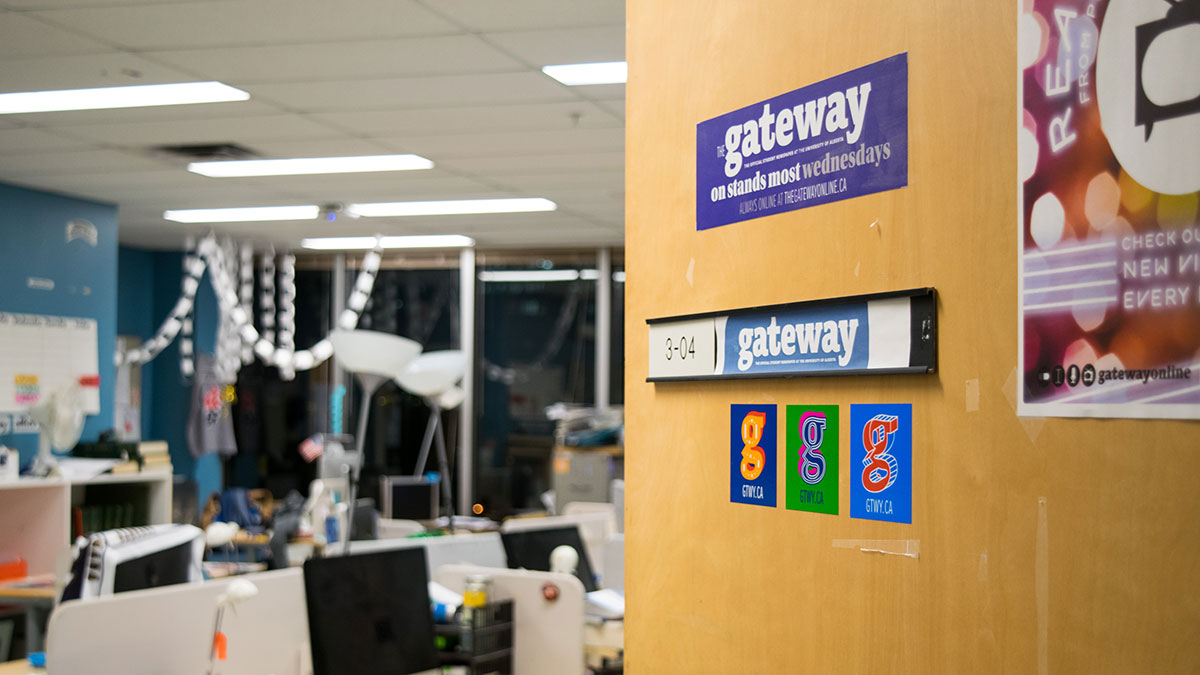 Kishore Uthamaraj
Kishore UthamarajApril is a tense time for university students, and it just got worse. As we prepare for finals, we’re facing a sudden federal election. Now we have to juggle deciphering vague party promises and deciding whose generalizations will benefit us the most.
Since Prime Minister Mark Carney was sworn in as Canada’s 24th Prime Minister in early March, he has quickly addressed the carbon tax and tariffs. He has also called for a federal election on April 28.
I applaud his choice to have a federal election. He was chosen as the new leader of the Liberal Party of Canada and prime minister of Canada by those within the Liberal Party. However, Canadians never got to vote for him. This election will give Canadians the opportunity to choose who they want to be their new prime minister.
An election in April benefits Canadians’ autonomy, but it is horrible for students. University students barely have time to manage their finals in April. Now they have to make a decision that affects the entire country. With increasing tensions with the United States (U.S.) over tariffs and cost-of-living, this election is important for Canadians.
To prepare, students are researching how the political parties‘ policies would affect them, but this is harder than it looks. Party leaders are vague and make broad promises that lack detail.
The Canadian Broadcasting Corporation (CBC) created a resource outlining the political parties’ promises on important issues. This includes topics like climate change and energy, cost-of-living, defence, foreign policy, government spending, health care, housing, immigration, infrastructure, and U.S. relations. While these promises are succinct, they don’t share how they would be implemented.
Take housing as an example. The Conservative Party of Canada (CPC) promised to expect municipalities to increase the number of houses built by 15 per cent each year. While Canadians would benefit from more housing, the party does not outline how it would enforce this expectation or how these houses would be affordable. This is also insignificant to most university students who will be renting for the foreseeable future.
The New Democratic Party’s (NDP) housing policy is more specific. The NDP outlined how it would invest $1 billion over five years to build rent-controlled homes on Crown land. It also promised more money for the Rental Protection Fund to support community housing projects.
Unfortunately, no political party is consistent about giving details. While the NDP was clear about its plans for housing and healthcare, it did not share a developed plan for immigration. Other political parties are also vague on this topic.
These specific examples are what university students need to understand to know which party’s promises best align with their political values. Without a concrete plan, students can’t understand if the promises they are voting for are feasible. Furthermore, university students need policies that directly affect them. This means policies on university funding, affordability, and social issues.
The University of Alberta is seeing a two per cent tuition increase for domestic students as of fall 2025. There is also a 10 per cent tuition increase for undergraduate international students beginning their degrees in fall 2026. While this may seem small, the impact is not. The increase will affect students’ choice to either pursue a full courseload or work more to pay for the cost-of-living.
Federal candidates have not addressed this issue. If they did, university students would feel included in the election process. Moreover, they would feel more comfortable voting for a candidate that would care for their needs.
On top of affordability, university students want social issues addressed. University students in both Canada and the U.S. are known for holding protests on various social issues. So these issues are clearly important to university students. Candidates can better influence our votes if they tackle these issues.
For instance, there has been an increased political debate over the right of transgender youth to receive gender-affirming care and social acceptance in schools and sports. This has been a prominent issue provincially under Alberta Premier Danielle Smith’s United Conservative Party (UCP) leadership. Yet, the federal Conservative Leader, Pierre Poilievre, has done little to address the issue. He has made comments against trans women being in women’s sports, but he has not voiced a firm policy on how the federal government would treat transgender youth if he were prime minister.
The other political party leaders have also avoided this issue. Although it is a divisive topic, leaders must take a stand either for or against the 2SLGBTQI+ community so voters know what they’re getting into.
University students need leaders who are devoted to the public good and to them. By tackling affordability, university fees, and social issues with clear policies, political candidates can connect better with student voters.




